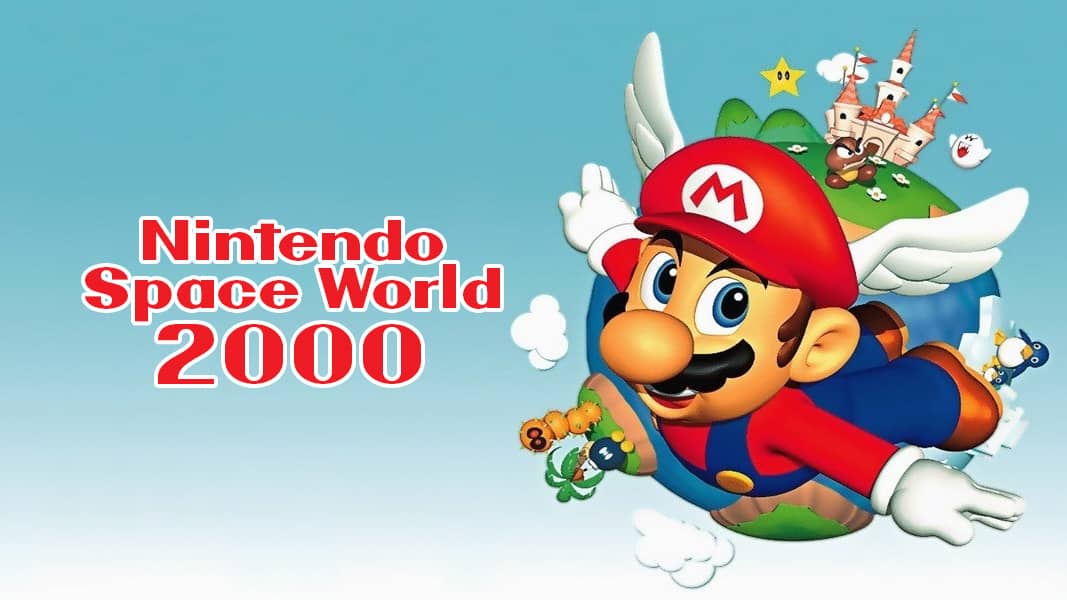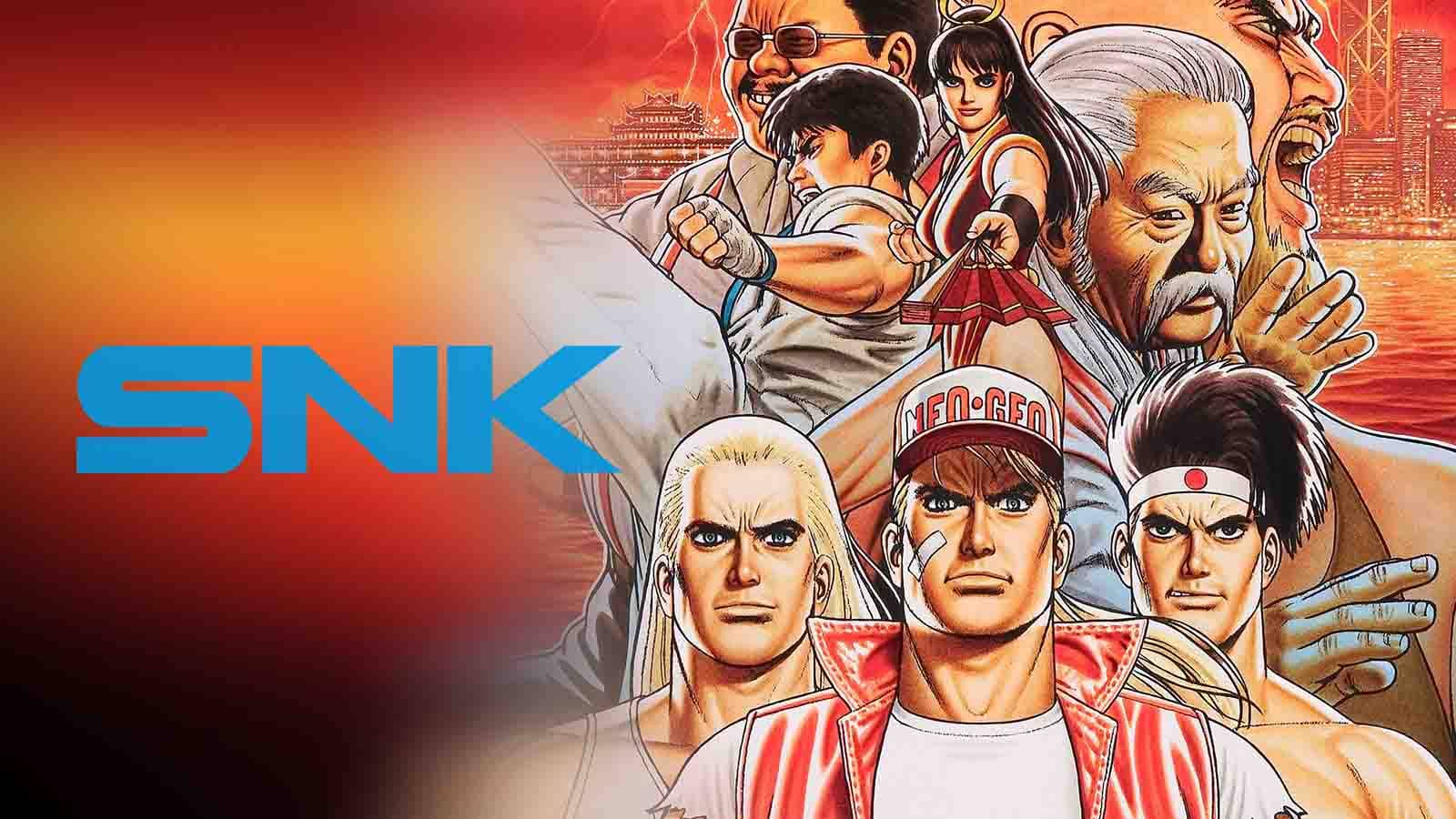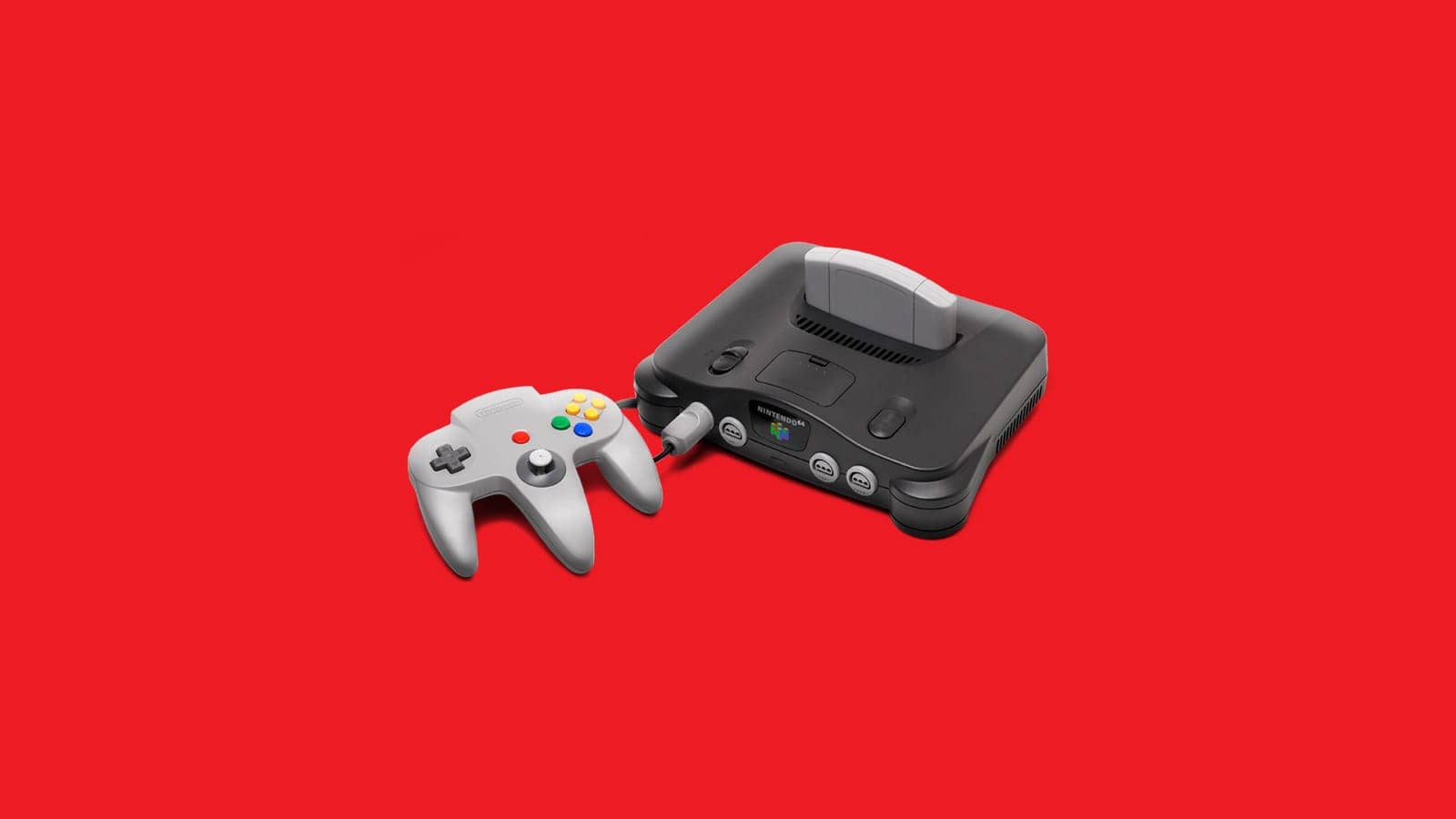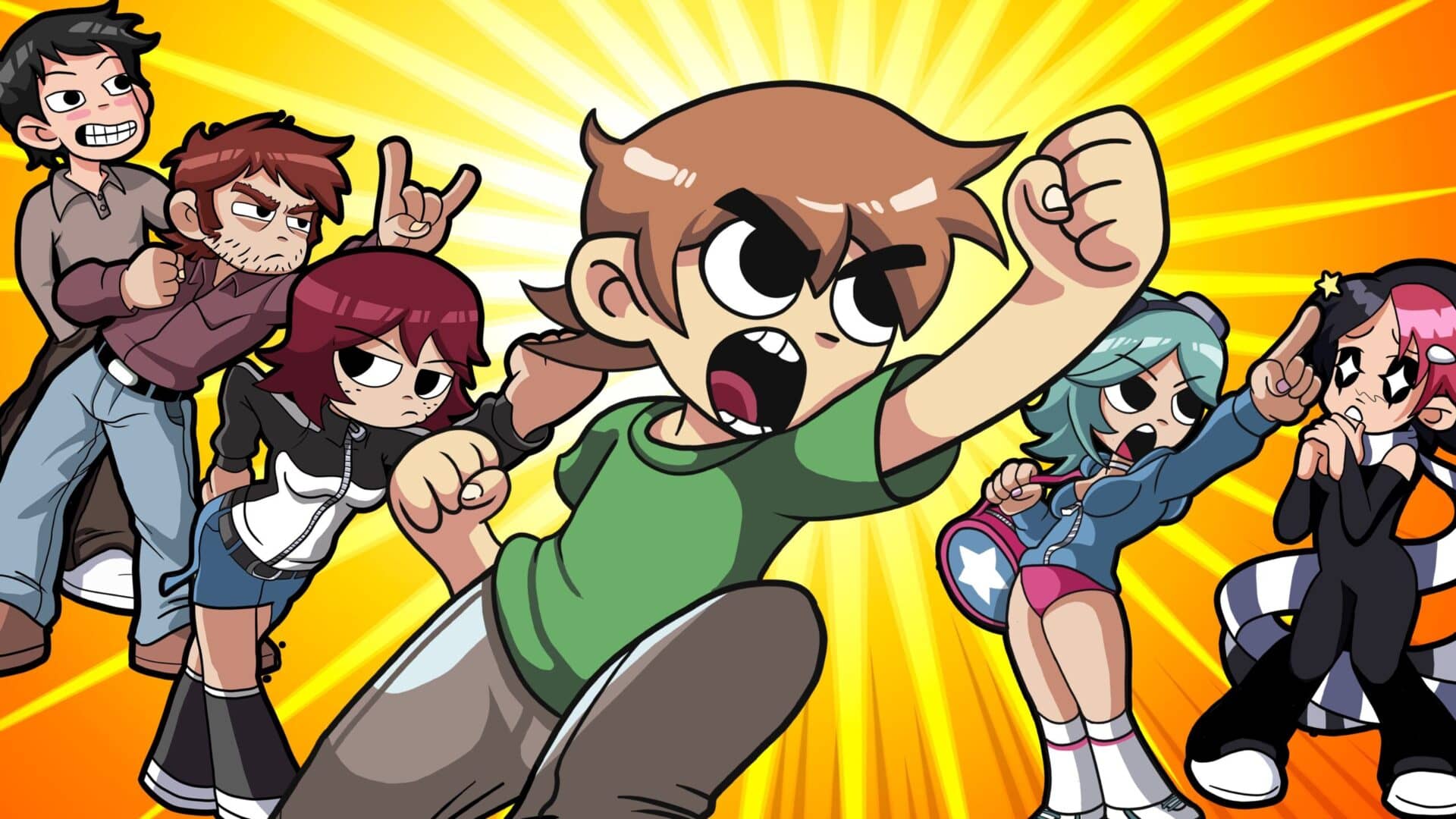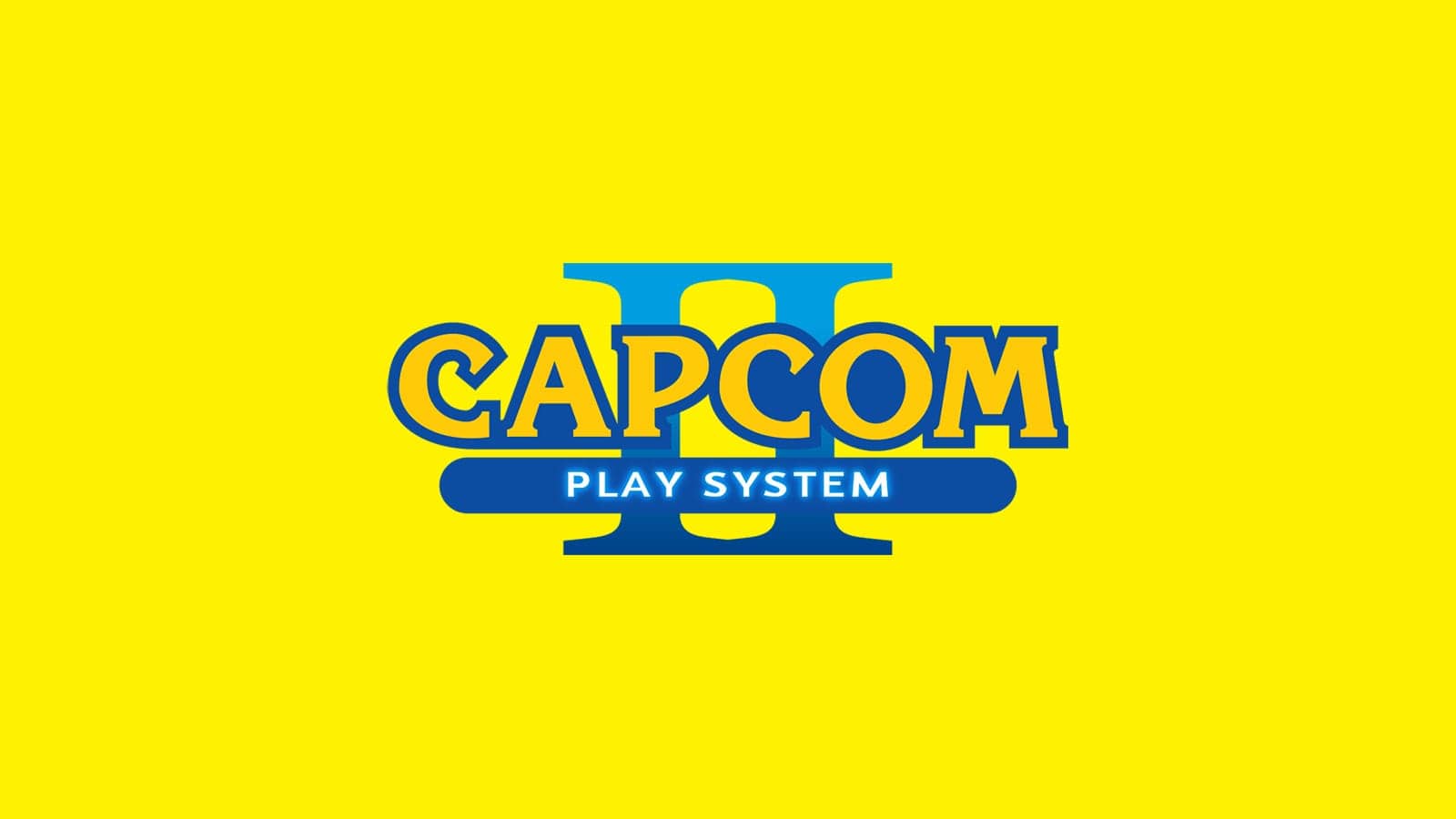For many Nintendo fans, Space World 2000 wasn’t just an expo—it was a revelation. A seismic shift. A portal into a future that shimmered with possibility. At the dawn of the new millennium, the gaming world was teetering on the edge of transformation. Sega was faltering, Sony was riding high, and the industry was bracing for Nintendo’s next move. Then came the moment of truth.
Inside the Makuhari Messe convention center, the curtain was pulled back on Project Dolphin, soon to be known as the Nintendo GameCube—a compact powerhouse that symbolized Nintendo’s bold leap into a new generation. It wasn’t just about hardware. It was about vision. A vision crystallized through mesmerizing tech demos, wild speculation, and a palpable sense of reinvention.
In a single showcase, Nintendo shifted the narrative. And for those watching—either in person or hungrily scouring early internet forums for grainy screenshots—it felt like witnessing history in real time. Space World 2000 wasn’t just hype. It was the moment. The one that promised players a future filled with 128 Marios, high-definition Zeldas, and a console that wasn’t afraid to look different.
The GameCube Takes Center Stage
Then, it happened. The moment that would define Nintendo’s trajectory for the next generation. As the lights dimmed and the murmurs in the crowd faded into silence, the codename Project Dolphin gave way to something tangible—the Nintendo GameCube.
It wasn’t just another console reveal. It was a defiant statement. A compact, cube-shaped device with a handle on the back, a glossy indigo finish, and a design philosophy that flew in the face of the sleek, monolithic aesthetic of the PlayStation 2. Nintendo wasn’t chasing trends. It was making one.
The moment the GameCube was unveiled, it was clear: this wasn’t going to be your typical Nintendo machine. Gone were the bulky, angular designs of the N64 and SNES. In their place stood a perfect cube, small enough to fit snugly in one hand, yet powerful enough to signal Nintendo’s intent to compete in the rapidly evolving console market.
The decision to use mini-DVDs instead of standard discs was a curveball. It meant no built-in DVD playback—an oddity in an era where multimedia capabilities were becoming standard. But Nintendo was never about following the crowd. The focus was on gaming, and nothing else. The handle on the back? A point of contention at the time, but a quirky, unmistakably Nintendo touch.
Some scoffed. Others were intrigued. But one thing was certain—the GameCube wasn’t trying to be like the others.
Then came the controller. And what a controller it was.
Nintendo had always been an innovator in gamepad design. The NES introduced the D-pad, the SNES gave the world shoulder buttons, and the N64’s alien-looking trident shape brought analog control to the mainstream. But this? This was different.
Gone was the awkward three-pronged grip. Instead, Nintendo delivered a curvaceous, hand-molding masterpiece. The big, inviting A button sat at the center, a deliberate design choice to make it the dominant input. The kidney-shaped B button, paired with the smaller X and Y buttons, formed a layout tailored for precision.
The C-stick replaced the N64’s second analog input, a nod to the growing complexity of 3D gaming. The shoulder triggers? Analog, with a satisfying amount of travel before clicking into a digital press. The GameCube controller wasn’t just intuitive—it was revolutionary.
And for all the praise and skepticism, one thing was undeniable: it felt good.
Launch Lineup Teasers: What Was Announced
Of course, hardware means nothing without games. And Nintendo had plenty to tease.
Luigi’s Mansion led the charge, showcasing the GameCube’s ability to handle dynamic lighting, particle effects, and—more importantly—giving Luigi his first true starring role. This wasn’t another Mario launch title. This was different.
Then there was Super Smash Bros. Melee. The follow-up to the N64 brawler was met with immediate, thunderous applause, even from the pixelated, choppy preview shown on screen. It promised bigger battles, more characters, and a frenetic pace that would define competitive Smash for decades.
Nintendo also gave glimpses of Metroid Prime, an unexpected first-person reimagining of Samus’s universe. The game wouldn’t see release for another two years, but even in its earliest footage, it was clear—this was something special.
And then there was Pikmin, a brand-new IP from Shigeru Miyamoto himself. A quiet, strategic adventure that didn’t rely on mascots or nostalgia but instead leaned into pure, inventive gameplay.
The message was loud and clear. Nintendo wasn’t just preparing for the next console war—it was setting the terms.
Super Mario 128: A Phantom of Gaming History
Among the many reveals at Space World 2000, one stood apart—not as a game, but as an enigma. Super Mario 128. A name that would haunt Nintendo history, whispered in gaming circles for years, a relic of what could have been.
The demo was pure spectacle. Onscreen, 128 tiny Marios scurried across a shifting, circular platform, moving in perfect synchronization. They climbed over one another, leaped in unison, and demonstrated physics so advanced it was hard to believe they were running on console hardware. It was mesmerizing, almost surreal.
Miyamoto took the stage, cryptic as ever, teasing that Super Mario 128 would define Nintendo’s future direction. Was it a true sequel to Super Mario 64? A full-fledged GameCube title? A tech experiment? Nobody knew. And Nintendo wasn’t exactly rushing to explain.
But even in that brief glimpse, Super Mario 128 felt important—a glimpse into what was next, even if nobody quite understood how.
At the time, most assumed Super Mario 128 was a stepping stone to the next big Mario adventure on the GameCube. It never happened. But years later, those who studied the demo noticed something intriguing—many of its ideas had evolved into something else entirely.
Look closer at the circular platform in the demo. Watch how the Marios move, effortlessly adjusting to the shifting terrain, their gravity adapting in real time. Sound familiar? It should. The core mechanics that Nintendo had toyed with in 128 would later find a home in Super Mario Galaxy, albeit in a vastly different form.
Mario 128’s technology wasn’t wasted—it was merely ahead of its time. Years later, developers would confirm that its ideas had influenced physics simulations, dynamic AI behavior, and even the way objects interacted in a 3D space. The game itself never materialized, but its DNA was everywhere.
So why didn’t we ever get a full-fledged Super Mario 128? The answer lies in Nintendo’s shifting vision.
In an interview years later, Miyamoto admitted that while the demo was an impressive showcase, it wasn’t built with an actual game in mind. It was a proof of concept, not a playable adventure. The core challenge was clear—what kind of game could be designed around 128 simultaneous Marios? As it turns out, not one that fits within the constraints of GameCube development.
Instead of forcing an idea that didn’t quite work, Nintendo did what it does best—it refined, repurposed, and evolved. Super Mario Sunshine would become the GameCube’s flagship Mario experience, while the Wii’s Super Mario Galaxy would inherit the physics wizardry from Mario 128.
In the end, Super Mario 128 never became a game—but its legacy lived on in ways that nobody could have predicted. It was never lost. It just transformed.
The Infamous Zelda Tech Demo
The lights dimmed. The music swelled. And suddenly, there it was—Link and Ganondorf, locked in a cinematic sword clash that made jaws drop across the show floor. This wasn’t a game. It was a tech demo. But to the thousands of Nintendo fans watching in 2000, it looked like the next evolution of The Legend of Zelda.
Rendered in striking detail, the characters looked like they’d stepped out of a Peter Jackson movie. Ganondorf glowered beneath a heavy brow; Link’s sword gleamed with eerie realism. The lighting was theatrical, the animation smooth and deliberate. And most importantly—it looked serious. This was Zelda by way of high fantasy cinema.
People didn’t just like it. They expected it. This was the future. Or so it seemed.
Then 2001 happened. Nintendo pulled back the curtain on the actual new Zelda project for GameCube—and the world was greeted not by gritty realism, but by cel-shaded whimsy.
The Legend of Zelda: The Wind Waker was bold, bright, and unapologetically stylized. Link had become a wide-eyed, expressive cartoon sailing across a watercolor ocean. And the internet? It erupted.
Many fans felt blindsided. Where was the sword-clashing, brooding Link from the Space World demo? Instead of moody shadows, they got pastel skies. Instead of realism, they got Toon Link.
The backlash was immediate and loud. Forums, magazines, and fan mailboxes lit up with frustration. Some accused Nintendo of “betraying” the vision they’d shown at Space World. Others simply didn’t understand the tonal shift. But in hindsight, The Wind Waker was ahead of its time—a bold aesthetic risk that aged far better than its critics expected.
It’s the eternal “what if.” Had Nintendo leaned into the realism of that demo, could we have gotten a Zelda that rivaled the cinematic drama of Final Fantasy or Shadow of the Colossus?
Maybe. But it wouldn’t have been Nintendo. The House of Mario has always zigged when the rest of the industry zagged. And while a photo-realistic Zelda might have scratched the fan-service itch, it likely would’ve aged poorly—both technically and tonally.
Instead, Nintendo leaned into artistry over accuracy. And in doing so, they created something timeless.
Still, the ghost of the Space World demo lingers. It’s a fascinating glimpse into an alternate timeline. One where Zelda embraced the gritty and grandiose. But maybe—just maybe—we’re better off in the one where it didn’t.
Pokémon Takes Over
By the time Space World 2000 rolled around, Pokémon wasn’t just a game—it was a cultural juggernaut. Kids were trading cards in schoolyards, theaters were packed for Pokémon: The First Movie, and Pikachu had already become more recognizable than Mickey Mouse in some parts of the world.
So when Pokémon Gold & Silver were confirmed for a Western release during the event, the crowd reaction was nothing short of volcanic. The sequels were already out in Japan, but this was the moment fans outside of Asia could finally exhale. They were coming. And they weren’t just more of the same.
Gold & Silver promised a second region to explore, real-time events, day/night cycles, and 100 brand-new monsters to obsess over. The buzz was off the charts. These weren’t sequels. They were upgrades—mechanical evolutions for a franchise already running on all cylinders.
Nintendo also showed off Pokémon Stadium 2—a title that leaned hard into spectacle and connectivity. With the help of the Transfer Pak and the newly pushed Expansion Pak, Stadium 2 wasn’t just a battle simulator. It was a showcase.
Every Pokémon in Gold & Silver was rendered in glorious, chunky 3D. Attacks burst with vibrant particle effects, and animations oozed personality. It was a statement piece. A love letter to fans who had grown up imagining what their team would look like outside the constraints of a Game Boy screen.
The Expansion Pak unlocked smoother visuals, deeper memory use, and made it one of the most technically impressive titles on the system. Pokémon was no longer confined to pixels—it had entered the arena.
But buried in the press materials and half-whispered interviews from the event was something even more tantalizing—a promise of a Pokémon RPG on GameCube.
It was never formally announced. No trailer. No screenshots. Just murmurs and implications. Some attendees swore they saw internal footage of what looked like a fully 3D, console-bound Pokémon adventure. Not a spinoff. Not a battle sim. A true RPG.
That game never surfaced.
Years later, we’d get Pokémon Colosseum and Gale of Darkness, which flirted with the concept but never quite embraced it in full. The “mainline Pokémon console RPG” would remain a white whale until Sword and Shield broke the dam nearly two decades later.
Still, at that moment at Space World 2000, the idea of catching, battling, and trading Pokémon on a next-gen console felt like something pulled from a dream. And even though that dream didn’t immediately materialize, its shadow loomed large over the next generation.
The Game Boy Advance Showcase
While the GameCube stole the headlines, another revolution was unfolding in the palm of Nintendo’s hand. Enter the Game Boy Advance—a sleek, curved powerhouse that promised to bring 32-bit gaming to the portable realm. This wasn’t just an upgrade; it was a generational leap.
With a landscape-oriented design, a vibrant TFT color screen, and a processor capable of delivering near-SNES-quality visuals, the GBA was a marvel of miniaturization. It was lightweight. It was ergonomic. And it boasted a launch lineup that felt more like a love letter to Nintendo’s past and future.
Among the early showcases were Super Mario Advance, F-Zero: Maximum Velocity, and a dazzling Castlevania title that dripped with gothic atmosphere. The hardware’s ability to handle fluid sprite work and parallax scrolling made it clear—this was the most ambitious handheld Nintendo had ever released. The days of monochrome pixels were over.
Nintendo wasn’t just thinking in terms of isolated experiences. It was thinking in ecosystems.
Space World 2000 revealed a grand vision: the GameCube and the Game Boy Advance weren’t meant to compete—they were meant to collaborate. The introduction of the GBA-to-GameCube link cable promised a new era of interconnectivity.
The concept? Seamless cross-platform play. Games like The Legend of Zelda: Four Swords and Final Fantasy Crystal Chronicles would later take full advantage of this, offering asymmetric multiplayer experiences long before the term was trendy. Meanwhile, Metroid Fusion and Metroid Prime teased the idea of unlocking in-game extras by linking the two devices.
It was ambitious. It was ahead of its time. And while the execution never quite reached its full potential, Nintendo was already thinking about second-screen gaming years before the Wii U—or even the DS—existed.
The Aftermath: Space World’s Lasting Impact
In the wake of Space World 2000, the gaming community was in a frenzy. Forums and early gaming news sites buzzed with speculation, excitement, and a fair share of frustration. The GameCube had been revealed, but not everyone was sold on its bold, boxy aesthetic. Many fans jokingly called the Gamecube a “Fisher Price Easy-Bake oven”.
The infamous Zelda tech demo left fans dreaming of a darker, more cinematic Hyrule, only to be blindsided by The Wind Waker’s cel-shaded art style a year later. Meanwhile, the absence of Metroid and the lingering mystery of Super Mario 128 left some feeling that Nintendo was holding back.
Yet, despite the debates and uncertainties, one thing was undeniable: Space World 2000 had everyone talking. Nintendo had successfully dominated the gaming discourse, proving once again that it could command attention like no other company in the industry.
Space World 2000 felt like a turning point, not just for Nintendo, but for the event itself. It was one of the last times Nintendo would pull back the curtain in such a grand, dedicated showcase before shifting to more controlled reveals in the years to come.
As gaming media evolved, the need for a standalone Space World diminished. The rise of E3, digital showcases, and the eventual dominance of Nintendo Directs meant that massive, in-person unveilings became less essential. By the mid-2000s, Space World quietly faded into history, leaving behind a legacy of hype, heartbreak, and unforgettable moments.
But for those who witnessed it, Space World 2000 remains a defining snapshot of a company at a crossroads—teasing the future, honoring the past, and proving, yet again, that Nintendo always plays by its own rules.

